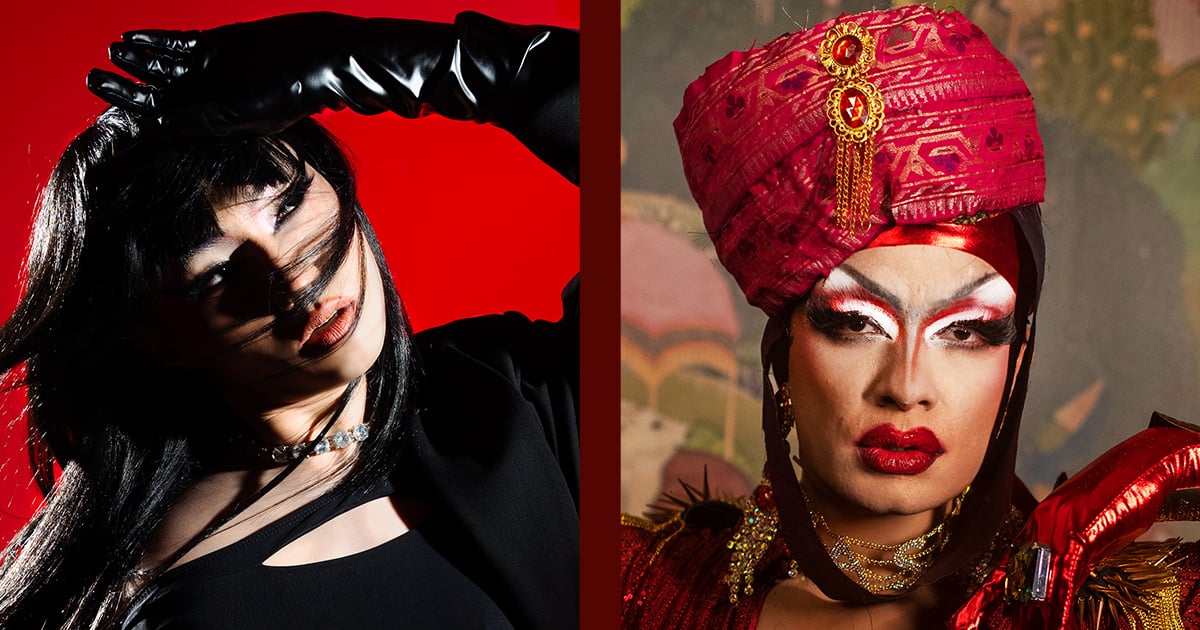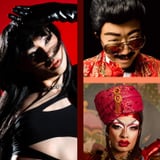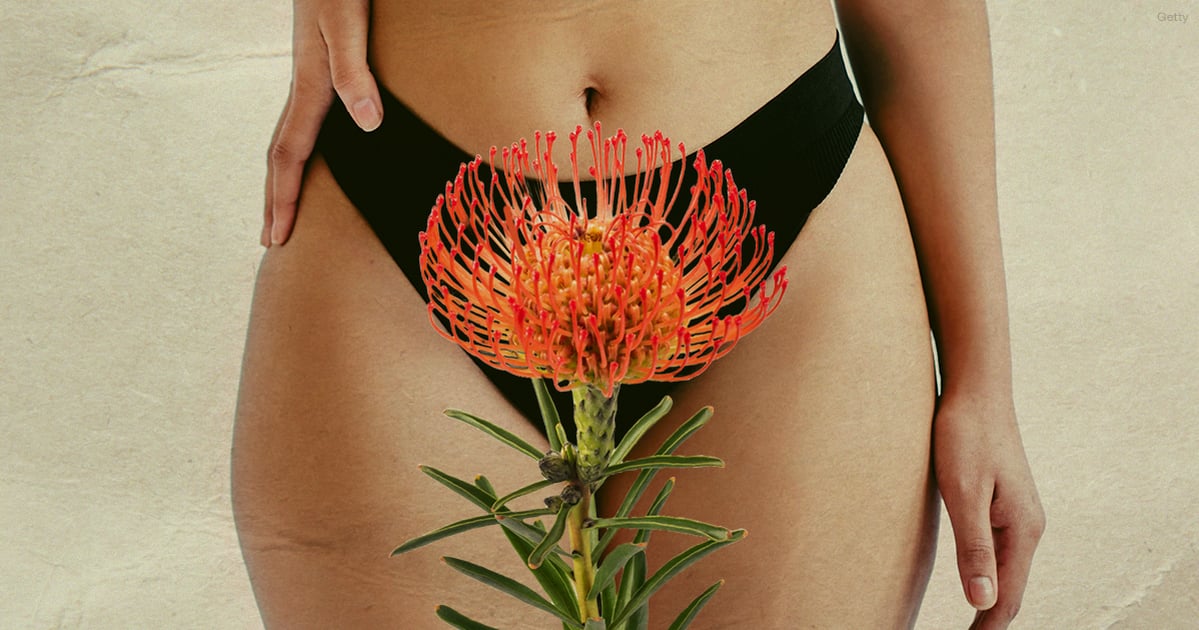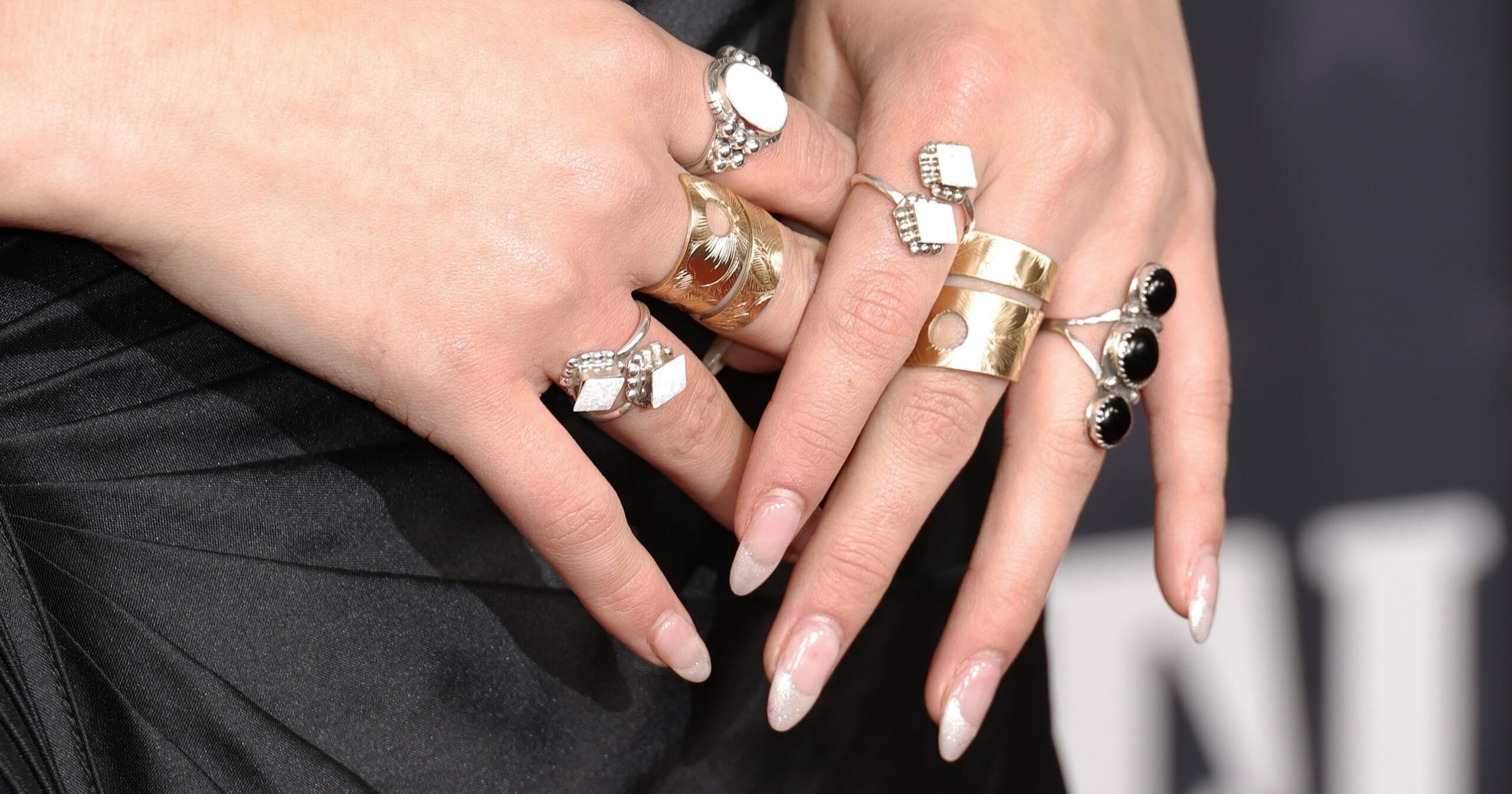Malai‘s first encounter with drag was at a queer club in Mumbai, India. A group of hijras, or members of the Indian transgender community, swept into the club, flashing 12-inch nail extensions with chains dangling between them and crowns made of spikes. They wore beautiful, embroidered sarees and danced until their chains broke and spikes fell. Malai was entranced.
“I remember wondering, maybe this is the divine femininity,” she recalls. “I didn’t think I was transgender back then, but something about the trans community called to me, in the sense of being outsiders.”
Malai, which means “cream” in Hindi, grew up in a small, conservative town in India. The expectations for her as a young boy were clear: be a good son, get married, and have children. But Malai knew she was different, and when she was 12, told her mother she wasn’t attracted to women. Her parents sent her to psychiatrists and, briefly, a conversion camp. She prayed every day that she would become “normal,” stuck in an unending cycle of shame and guilt.
I didn’t know what drag was. All I knew was that I was looking at the mirror, shedding all of the expectations of being a masculine male son.
It was drag that enabled Malai to cast off the social and cultural norms she’d grown up with. When she was 21 years old – soon after she first saw the hijras – she decided to experiment with hair and makeup. She put on a ratty blond wig with brown roots she found for $5 at a Halloween party store in Mumbai, and swiped on eyeliner, eyeshadow, and blush she borrowed from a friend.
“I didn’t know what drag was. All I knew was that I was looking at the mirror, shedding all of the expectations of being a masculine male son,” Malai says.
Malai is one of the many Asian drag queens and kings using dramatic makeup and glittering costumes to subvert gender norms prevalent in their communities.
Drag has a long history in Asian cultures, dating back to the Yuan dynasty from 1271 to 1368, when women players in China cross-dressed to play men’s roles. Later, during the Ming and Qing dynasties, restrictive gender norms meant traditional Chinese opera players were segregated by gender, so all-men and all-women troupes had to cross-dress during performances. Across the sea in Japan, men made up their faces and wore kimonos to play women characters in kabuki theater during the 17th century after women were banned from performing – even though women had created kabuki in the first place in 1603. Similarly, in India, folk art forms like the jatra and the lavani, whose origins can be traced back to the 16th century, involved men performing as women in mythology and history.
Now, drag isn’t used to reinforce the gender binary, but rather to break free of it. In their most popularized modern form, drag performances emerged in Black and Latino communities in America in the 19th century, when both men and women staged the first drag balls in Harlem after they were excluded from mostly-white drag pageants. Drag has since exploded in mainstream popularity with shows like “RuPaul’s Drag Race.”
Image Source: Eric Jukelevics
In other words, the art form has become a means of expression for people across all communities, and Asian queens and kings in particular are embracing their heritage through their performances. Wang Newton, a Taiwanese American drag king, first felt the power of drag at a Frank Sinatra lookalike contest in college.
“In masculine drag, I got to express my queer self. I had been in the closet to my family, and I felt a lot of shame and guilt,” Newton says. “Like, what would Taiwan think? How would my parents react? They kept saying, ‘I just want you to marry a nice Chinese boy.'”
Armed with their signature Clark Gable-style mustache, a dildo, and a bright red suit, Newton now takes to the stage with gusto and aplomb, infusing their performances with Mandarin phrases and what they describe as their Taipei (“like ‘type A,'” they joke) personality.
For Snix, a Korean American drag performer, makeup became a way for her not only to embrace her femininity, but also to overcome rigid beauty standards prevalent in Korea.
“I like going against the grain when it comes to Korean traditional conservatism. You’re not supposed to be provocative or sexy [in Korean culture],” she says. “But that’s a big part of who Snix is: she’s a sexy, sparkly girl.”
My drag is a love story to my inner child.
Snix draws inspiration from her childhood obsession with pop culture, fusing the ultra-feminine and metrosexual looks she saw in K-pop groups with the edgier glam of American pop icons like Britney Spears and Christina Aguilera. Her signature makeup always involves sharp black eyeliner – “something that can cut a bitch” – to emphasize her Asian eyes, which other kids made fun of when she was younger.
“Drag is armor, confidence,” Snix says. “My drag is a love story to my inner child, to heal all of the bullying I got from Koreans for being too flamboyant or gay or trans, and from other Americans for being Asian.”
For many drag artists from underrepresented communities, drag is a way to not only subvert repressive norms prevalent in their cultures, but also embrace their backgrounds in their entirety.
Malai, who moved to New York 10 years ago, regularly hosts Bollywood parties in the city, emulating the flamboyant, radical, and safe space she found in Mumbai’s queer scene more than a decade ago.
“Drag has allowed me to see all the good things about my culture,” Malai says. “It has allowed for me to accept that queerness is always a part of our history, that it will always be repressed – and that it’s not going away anywhere.”
Yoonji Han is a New York-based writer and journalist. She primarily writes about culture, human interest issues, and communities both nationally and internationally, and was most recently an award-winning reporter covering race and identity at Business Insider.




